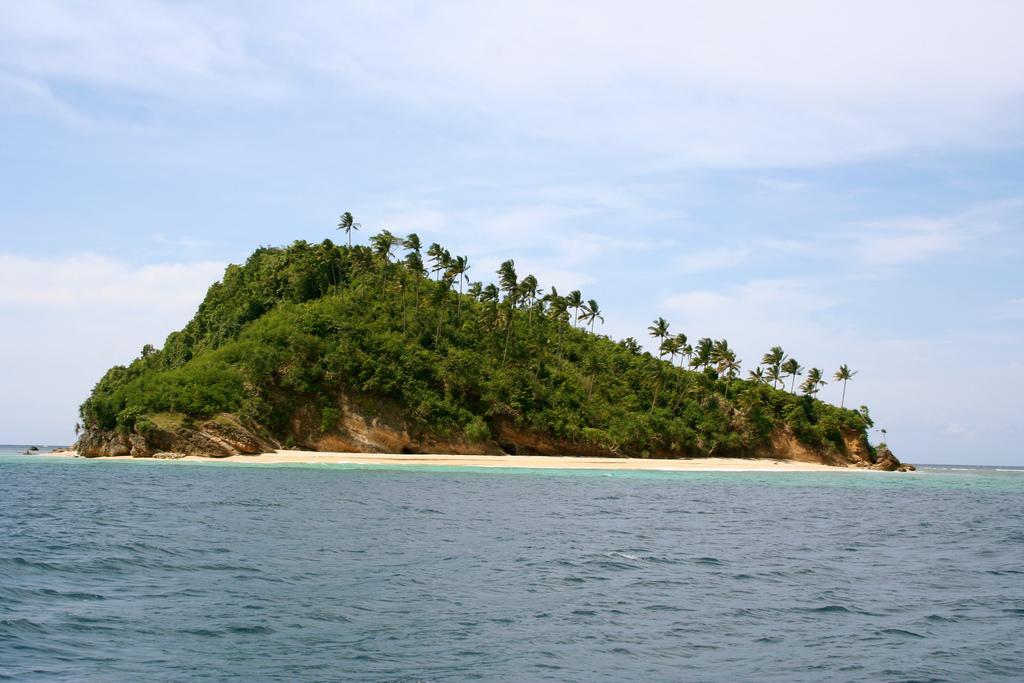
Filipinos have long known that the beautiful island province of Tawi-Tawi offers much to see and experience for every visitor as it is full of diving sites and a wealth of culture and heritage sites. Indeed, the island is very irresistible.
Have you ever heard of the Turtle Isles of Tawi-Tawi? It is a remote group of seven islands in the province. The Turtle islands are one of Tawi-Tawi’s many great attractions that showcase the beauty of the province.
The islands are located within the Sulu Sea at the southwestern tip of the country, at the edge of the international treaty limits separating the Philippines and Malaysia. The seven islands from northwest to southeast are:
- Sibaung is the westernmost island and is a small coral reef lying 4.5 miles (7.2 km) westward of the north part of Boaan Island. There are a few bushes 35 feet high on this reef.
- Boaan, also known as Boan, is the second largest island of the group with an area of 76 hectares (190 acres) with the highest elevation at 59 metres (194 ft).
- Lihiman is a mud and coralline island of about 29 hectares (72 acres). The island is noted for its explosive mud volcanoes extrusions.
- Great Bakkungaan, also known as Great Bakkungan, is the third largest at 51 hectares (130 acres) with the highest elevation at 58 metres (190 ft).
- Langaan is a flat coral island of about 7 hectares (17 acres) and a perimeter of 458 metres (1,503 ft).
- Taganak is of volcanic origin and the largest island of the group with an area of about 116 hectares (290 acres) with the highest point at 148 metres (486 ft).
- Baguan is the easternmost of the islands and is also volcanic in origin. The bell-shaped island has an area of 29.1 hectares (72 acres) with the maximum elevation of 40 metres (130 ft).
- The Turtle Islands is politically subdivided into 2 barangays: Taganak Poblacion and Likud Bakkao.
The islands, together with Cagayan de Tawi-Tawi, were formerly held by the United Kingdom which at that time administered the adjacent State of North Borneo (the current Sabah state of Malaysia), as a British Protectorate. Following the League of Nations Treaty between the United States, which controlled the Philippines, and United Kingdom on January 2, 1930 regarding territorial boundaries, the UK turned over seven of the Turtle Islands (or Turtle Isles as the UK call it) and Cagayan de Tawi-Tawi to the United States in 1930. The islands came under Philippine sovereignty with the recognition by the United States of Philippine Independence on July 4, 1946. The remaining three Turtle Islands which were not turned over by UK are now part of Malaysia, and are now the Malaysian Turtle Islands National Park.
Turtle Sanctuary
Together with three islands of neighbor country Malaysia and the surrounding coral waters, Turtle Islands are the only living areas for the Green Sea Turtles in Asia and in the whole world. In 1996, the islands were declared as Turtle Islands Heritage Protected Area by the governments of the Philippines and Malaysia as the only way to guarantee the continued existence of the green sea turtles and their nesting sites.
For the five islands, the Philippine government decided to create special protection zones, and within this zones, only scientific and conservation activities are allowed. In other zones, certain rules were adopted in order to prevent too much impact by people on the environment and the turtles. Visiting these zones is only possible with strict guidance and under supervision of the staff of the officials of the government.
For a successful conservation and protection program, the support of the locals was very important. Fishing, for most of them, is the most important activity and source of income. Hunting sea turtles and collecting the turtle eggs for food had always been a possible source for additional income. From the end of August to December, turtles come by the hundreds from the surrounding coastal waters, to lay and dig their eggs into the sand. The staff of the conservation project was able to succeed in convincing the locals the need to minimize their collecting activities. Local men, women and children are now involved helping with the protection activities.
Did you know?
- In the Philippines, mud volcanoes are known to exist only on the Turtle Islands. Presence of these formations is evident on three of the islands - Lihiman, Great Bakkungaan and Boaan Islands. The hills on these islands are mostly mud volcanoes. On Great Bakkungan Island, gray mud quietly flows from the vent in a pulsating manner accompanied by gas bubbling. On Boan Island, mud extrusion have ceased for a number of years.
Compared to the other two islands, in Lihiman Island, more violent extrusions of mud, mixed with large pieces of rocks occur that it has created a 20-m (66-ft) wide crater on the hilly part of the island. Such extrusions are reported to be accompanied by mild earthquakes and evidence of extruded materials can be found high up the surrounding trees because of its explosive character. Huge amounts of materials are discharged from this volcano that drainage was cut on the northern slope of the hill to direct the flow to the sea. Submarine mud extrusions off the island have also been observed by local residents.










